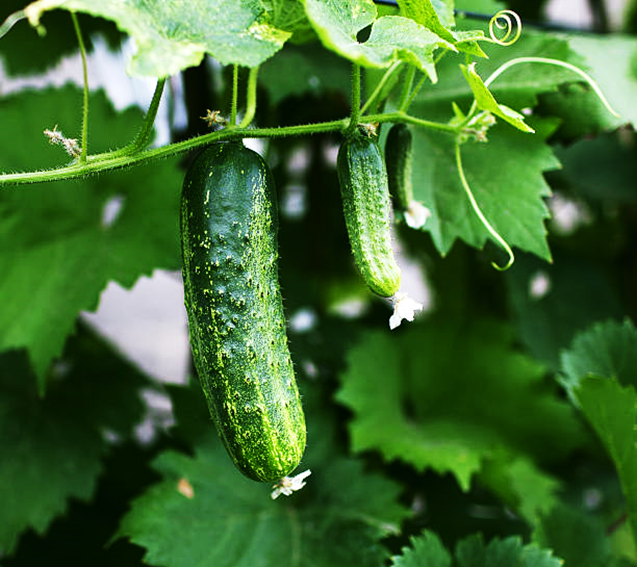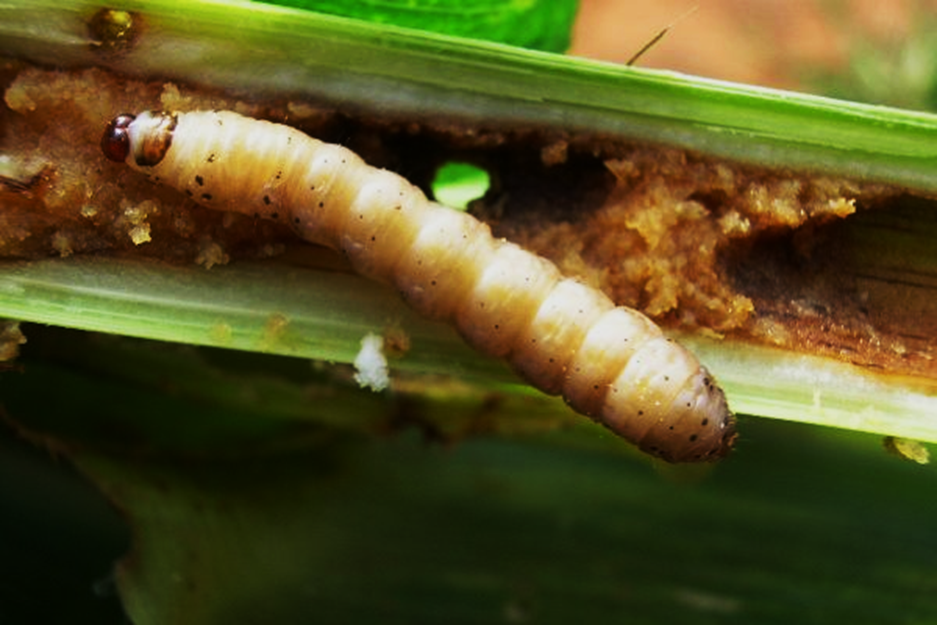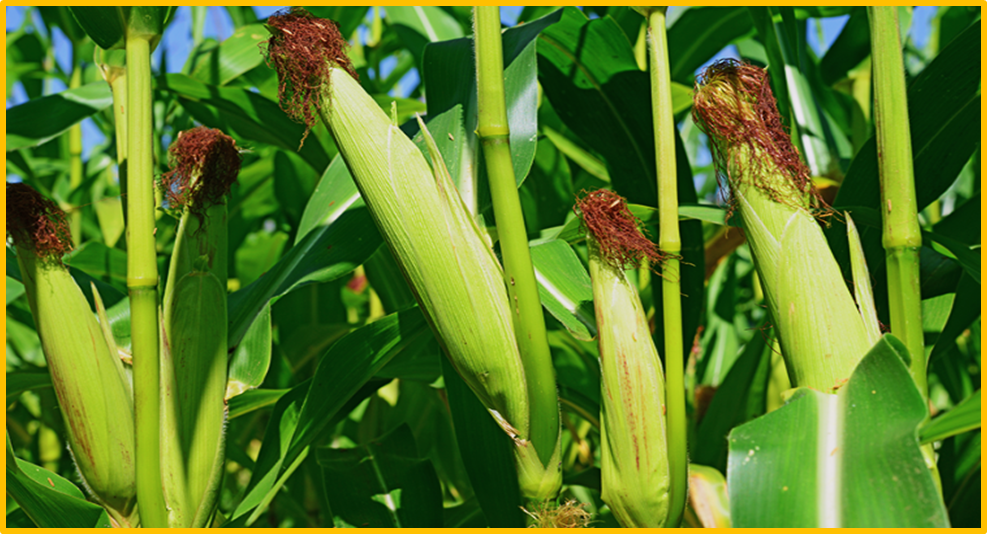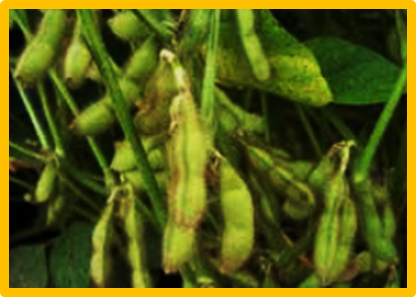Friday, 28-11-2025 | 06:04
Lateral branching is a critical agronomic trait in cucumber that directly influences plant architecture and crop yield. Therefore, understanding the genetic mechanisms underlying this trait is essential for effective cucumber breeding. Here, we identified a branchless mutant, designated mbl (mutant-branchless), exhibiting extremely determinate growth of lateral branch. Using BSA-seq analysis with four DNA bulk pools derived from an F2 population crossing between mbl and a normal lateral branching variety, EC1, we mapped distinct loci associated with the lateral branch development.
Updated News
- Small Stature, Big Impact: How SAMSORG 52 is Redefining Sorghum Farming in Nigeria
- Reinventing Kenya’s Snack Future with Dryland Grains
- Bangladesh’s coastal polders at a crossroads: Reform needed for water management
- COP30: Forests drive agricultural success, not conflict, report shows
- COP30: FAO brings agrifood systems to the forefront of climate action
- CGIAR supports innovative new Brazil-led accelerator RAIZ
- Gene-Edited Cotton Offers Resistance Against Reniform Nematode
- Saving Every Bite: How Biotech Crops Are Fighting Global Food Waste
- Disasters cost global agriculture $3.26 trillion over three decades, FAO report reveals
- Recognizing a Rising Young Leader: Announcing the 2025 Borlaug-Ruan Internship Excellence Award Winner
- COP30 Week 1: Negotiation Highlights and CGIAR Perspectives
- Bridging science, finance, and restoration: Insights from the sustainable beef investment roundtable
- Over USD 142 million pledged at COP30 to advance CGIAR’s mission of a food-secure future
- COP30: FAO’s AIM4Forests secures long-term financial support from the United Kingdom
- Eight innovation teams win CGIAR’s 2025 Scaling Fund support
Scientific news
- Metabolomics and Transcriptomic Analysis Revealed the Response Mechanism of Maize to Saline-Alkali Stress
- The invisible subsoil compaction risk under no-till farming
- Identification of CsAFP3-like as a novel gene regulating determinate growth of lateral branch in cucumber
- Efficacy of Bt-(Cry1Ab + Cry2Ab + Cry1Fa) maize against Spodoptera frugiperda and other lepidopteran migratory pests in tropical Asia
- An environmental risk assessment of maize containing event, DP-Ø51291–2, with activity against corn rootworms (Diabrotica spp.) via expression of the protein, IPD072Aa
- Biomolecular condensation of ERC1 recruits ATG8 and NBR1 to drive autophagosome formation for plant heat tolerance
- Genetic mapping of novel QTL for seed protein stability in food-grade soybean (Glycine max)
- A receptor antagonist counterbalances multiple systemin phytocytokines in tomato
- Reduced leaf width increases photosynthetic rate without improving water-use efficiency in rice
- Global scenario of viruses infecting papaya
- OsGSTT3 regulates seed germination by modulating reactive oxygen species homeostasis in rice
- Loss of calcium-dependent protein kinases OsCPK5 and OsCPK13 leads to NLR-dependent resistance in rice
- Map-based cloning identifies a missense SNP in CsTRX z, encoding a z-type thioredoxin homolog, as the genetic determinant of Dominant Virescent Leaf in cucumber
- A synthetic transcription cascade enables direct in planta shoot regeneration for transgenesis and gene editing in multiple plants
- Next-generation molecular breeding tools to harness higher genetic gains in sugarcane
Thứ năm, 27-11-2025 | 23:04
In Bangladesh’s coastal districts, millions of people depend on a network of polders, embankments, canals, and sluice gates to protect their homes, farms, and livelihoods. These structures, built in the 1960s, cover over 1.2 million hectares and are crucial for agriculture, fisheries, and rural life. Yet, many canals have silted up, sluice gates are damaged, and water levels fluctuate unpredictably, leaving farmers struggling to manage crops and water.
Thứ năm, 27-11-2025 | 23:04
Lateral branching is a critical agronomic trait in cucumber that directly influences plant architecture and crop yield. Therefore, understanding the genetic mechanisms underlying this trait is essential for effective cucumber breeding. Here, we identified a branchless mutant, designated mbl (mutant-branchless), exhibiting extremely determinate growth of lateral branch. Using BSA-seq analysis with four DNA bulk pools derived from an F2 population crossing between mbl and a normal lateral branching variety, EC1, we mapped distinct loci associated with the lateral branch development.
Thứ năm, 27-11-2025 | 23:04
A new study has confirmed that Bt maize containing three insect-resistant proteins (Cry1Ab, Cry2Ab, and Cry1Fa) is highly effective against fall armyworm and other major lepidopteran pests in tropical Asia. These pests pose a significant threat to maize production in a region that serves as a year-round breeding zone and a source of seasonal pest migration across Asia.
The researchers evaluated the Bt maize event LP026-2 by measuring toxin levels in different plant parts and conducting bioassays on six key pests. Laboratory tests showed more than 90% mortality against all targeted pests in leaf and kernel assays within five days


































